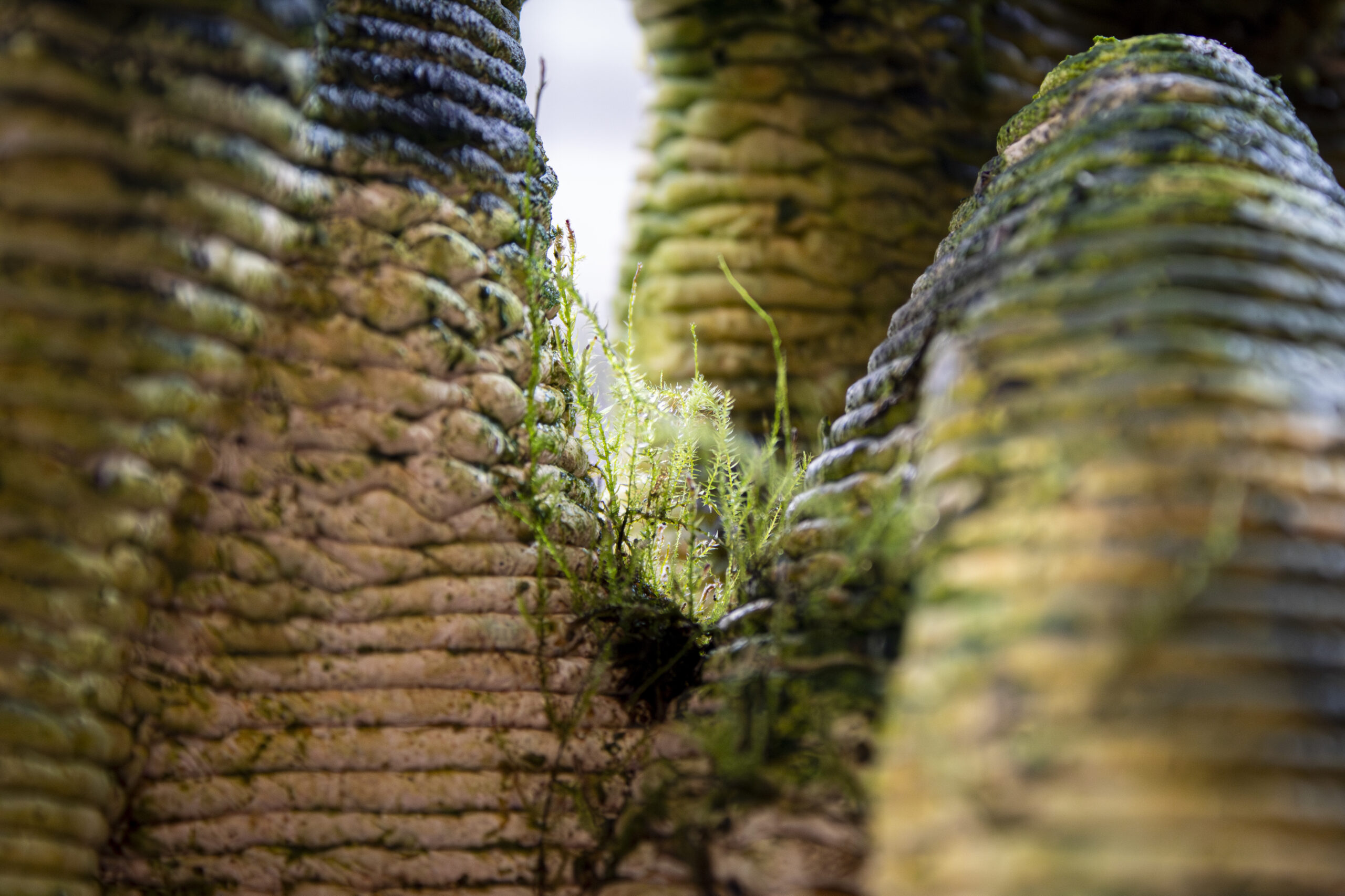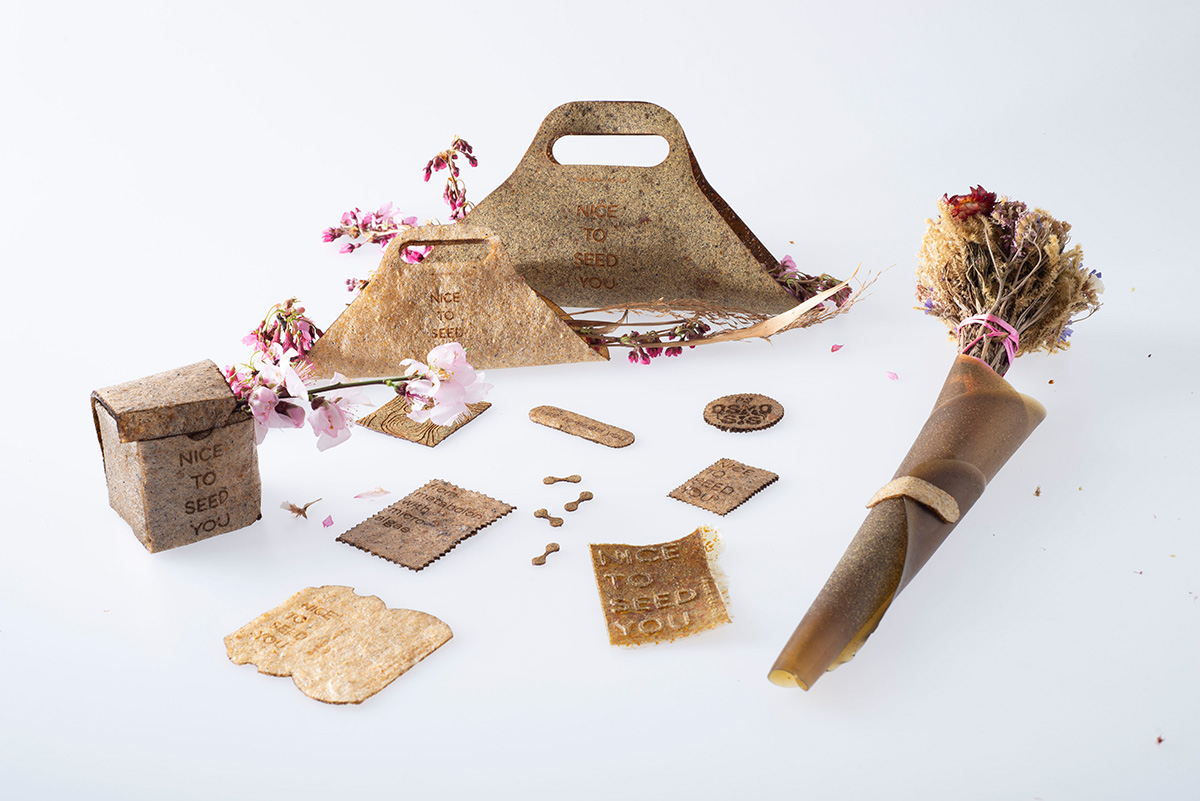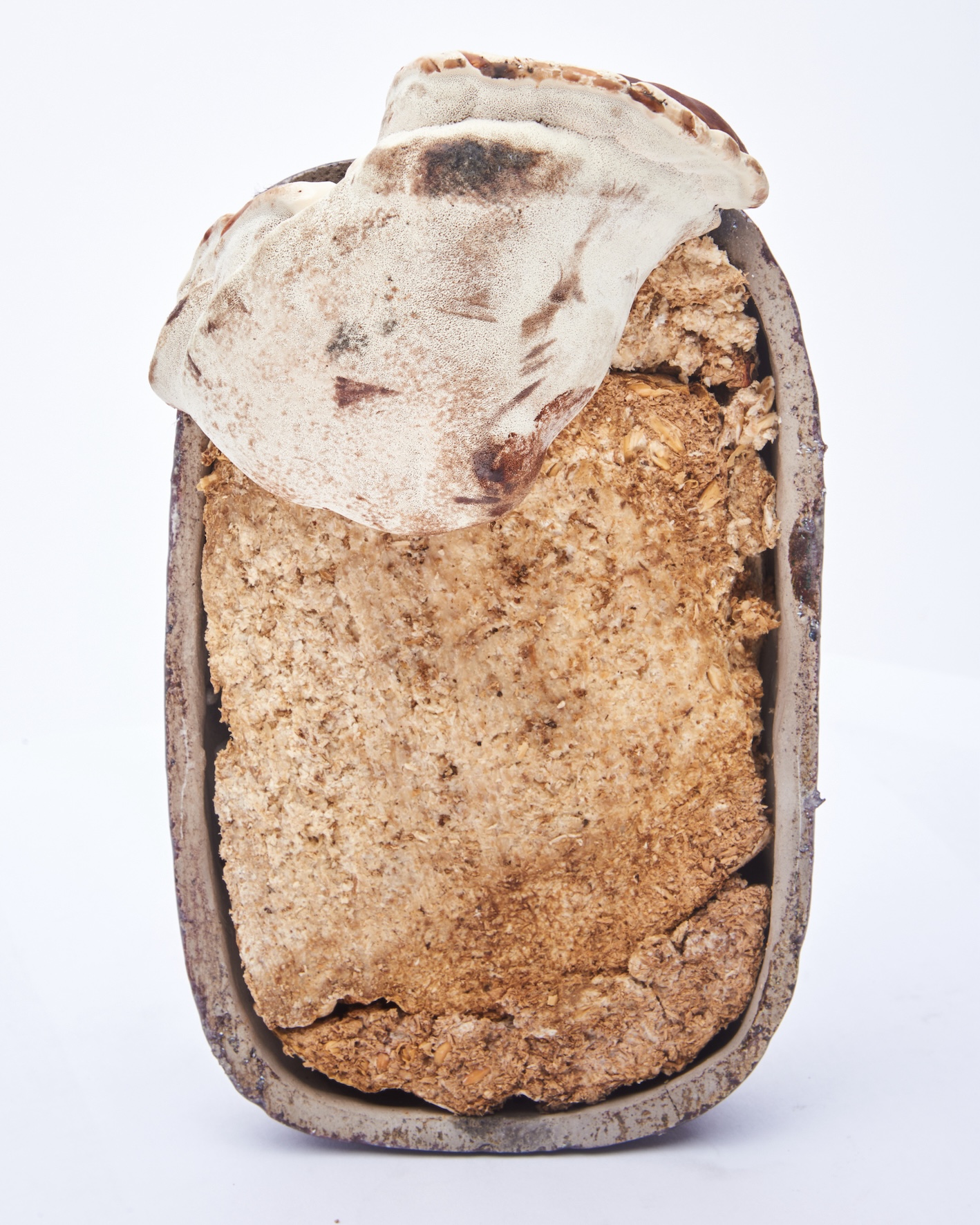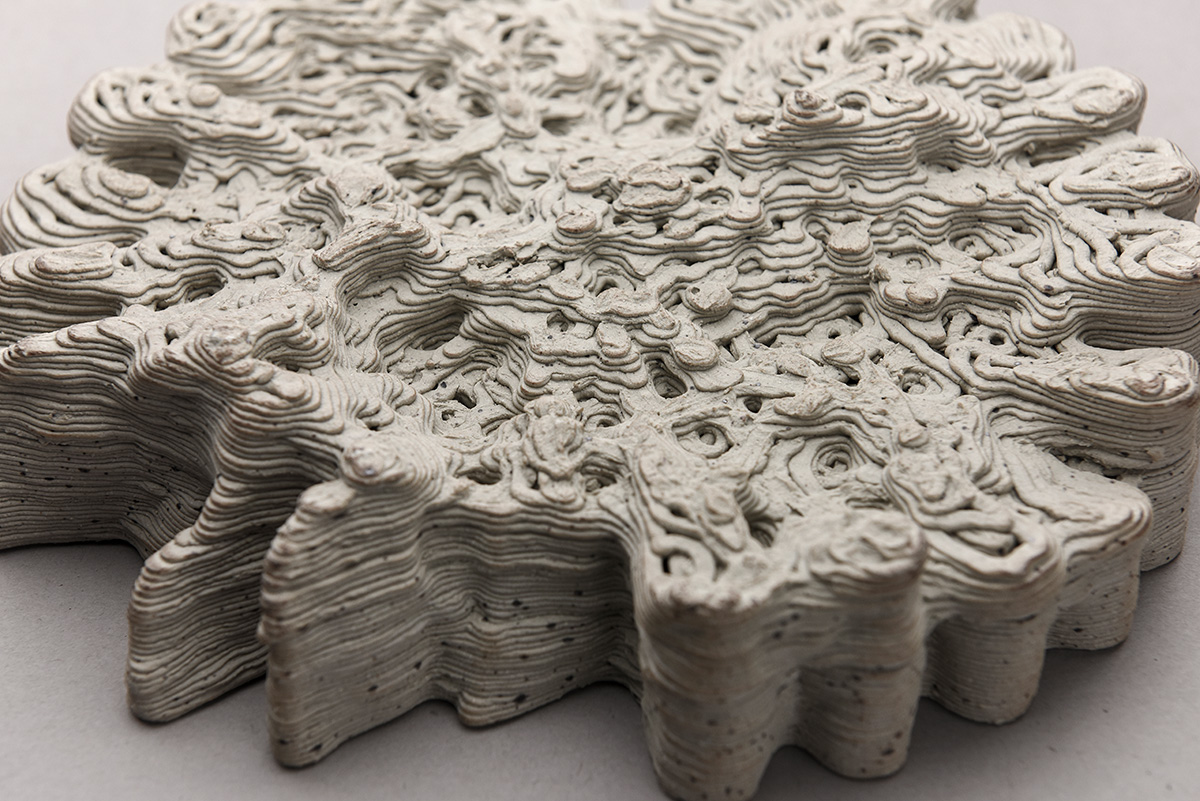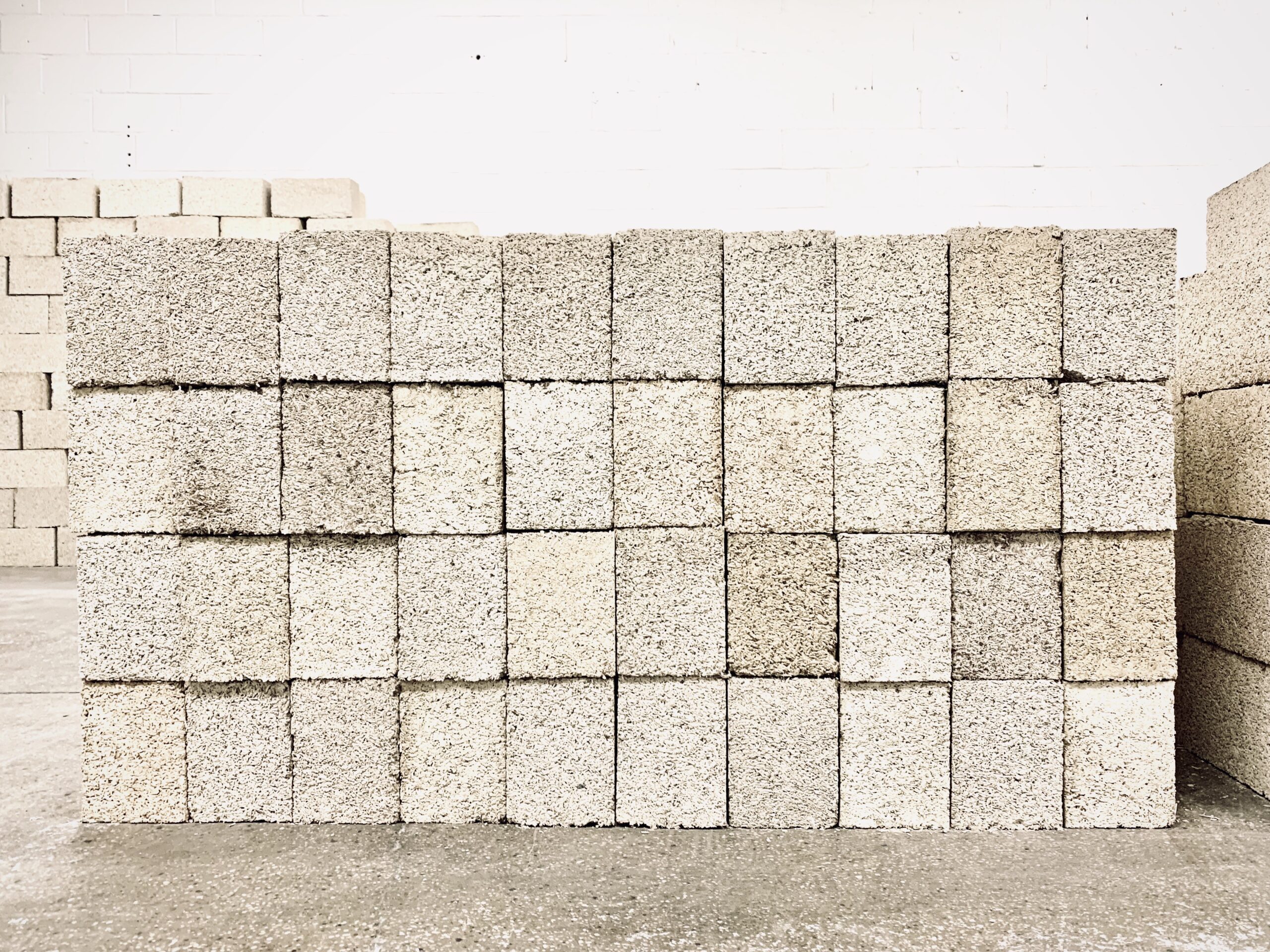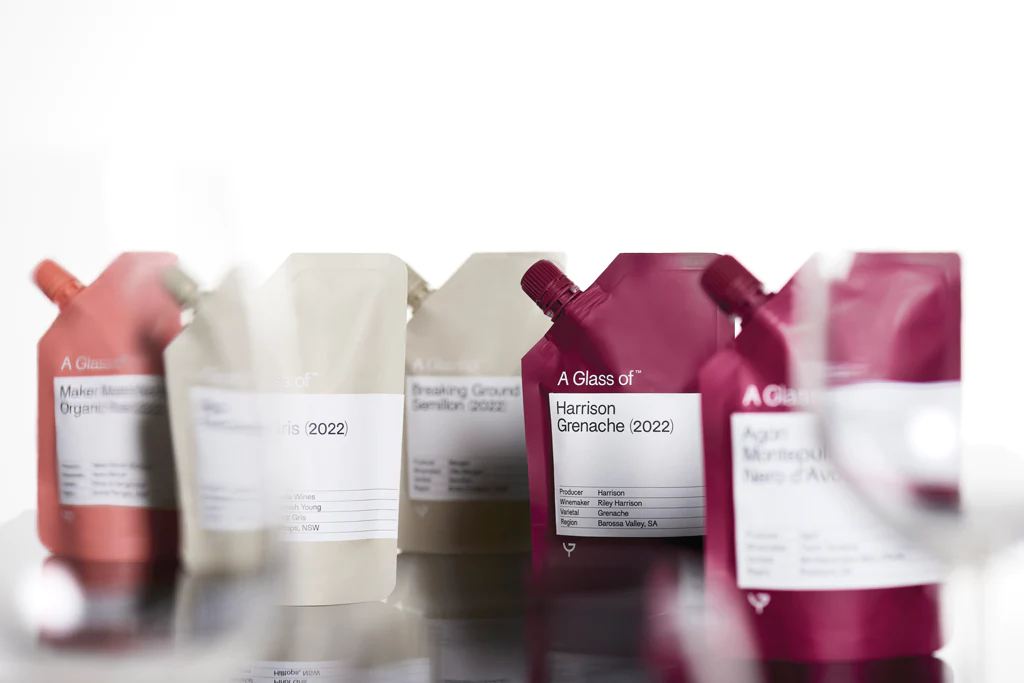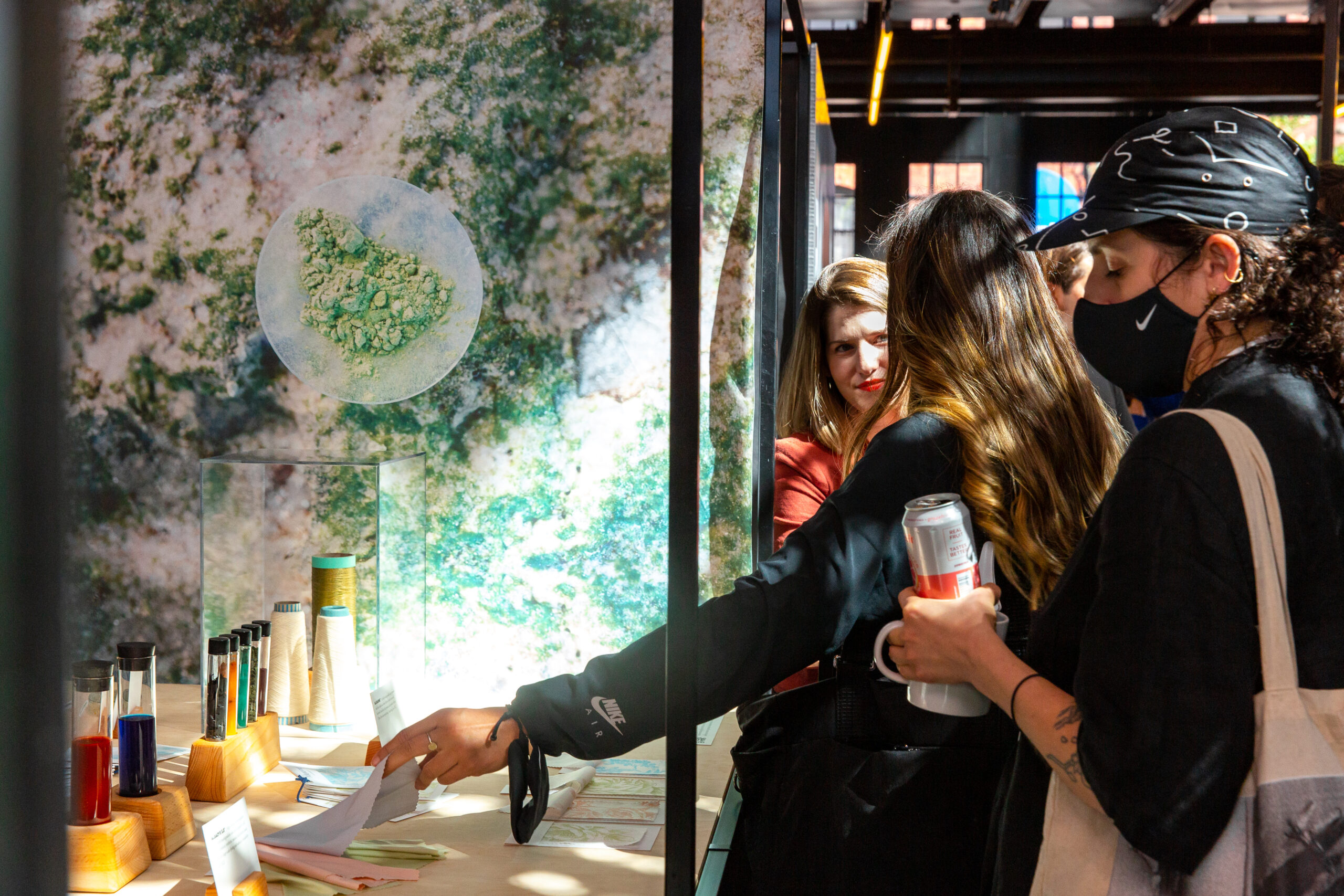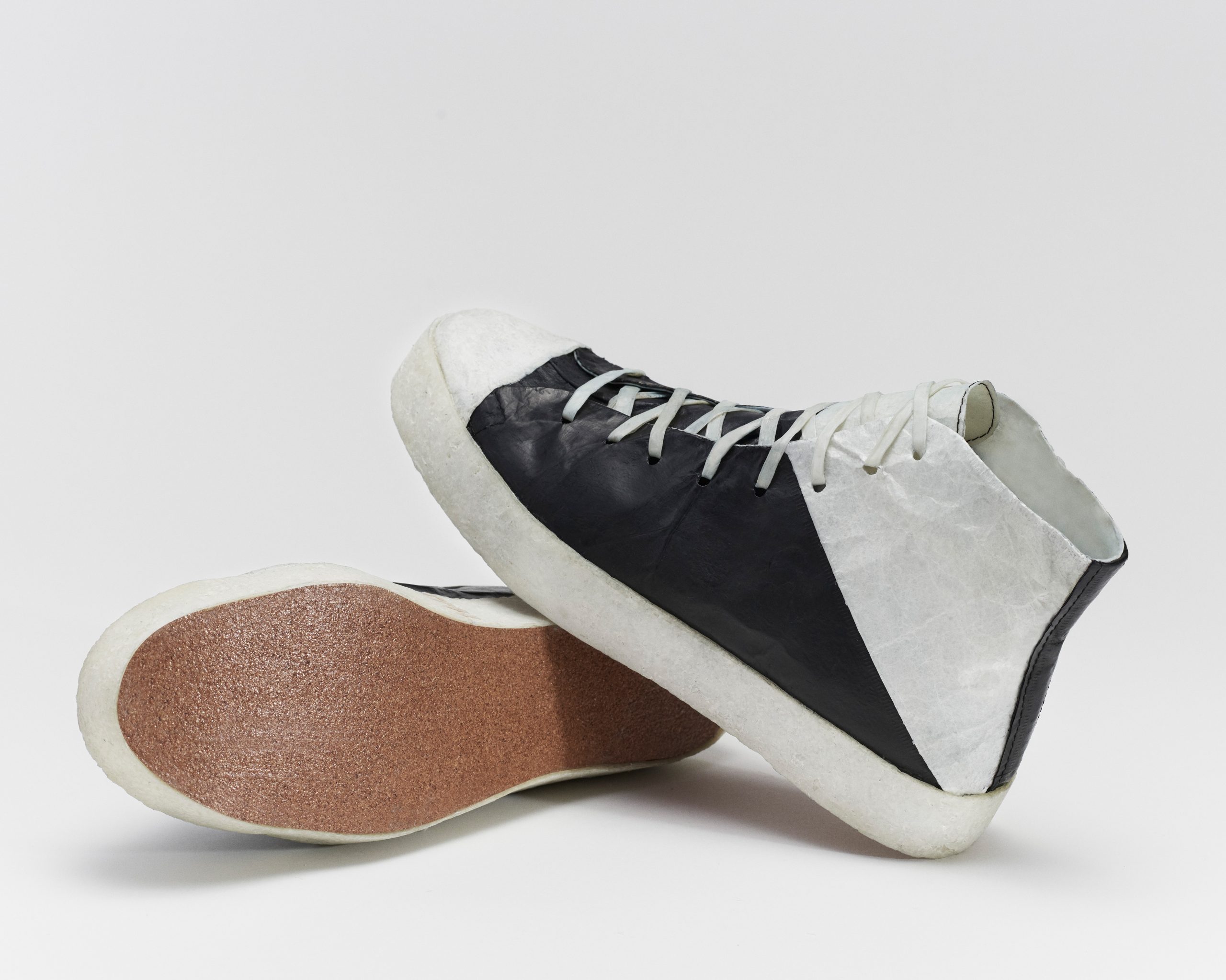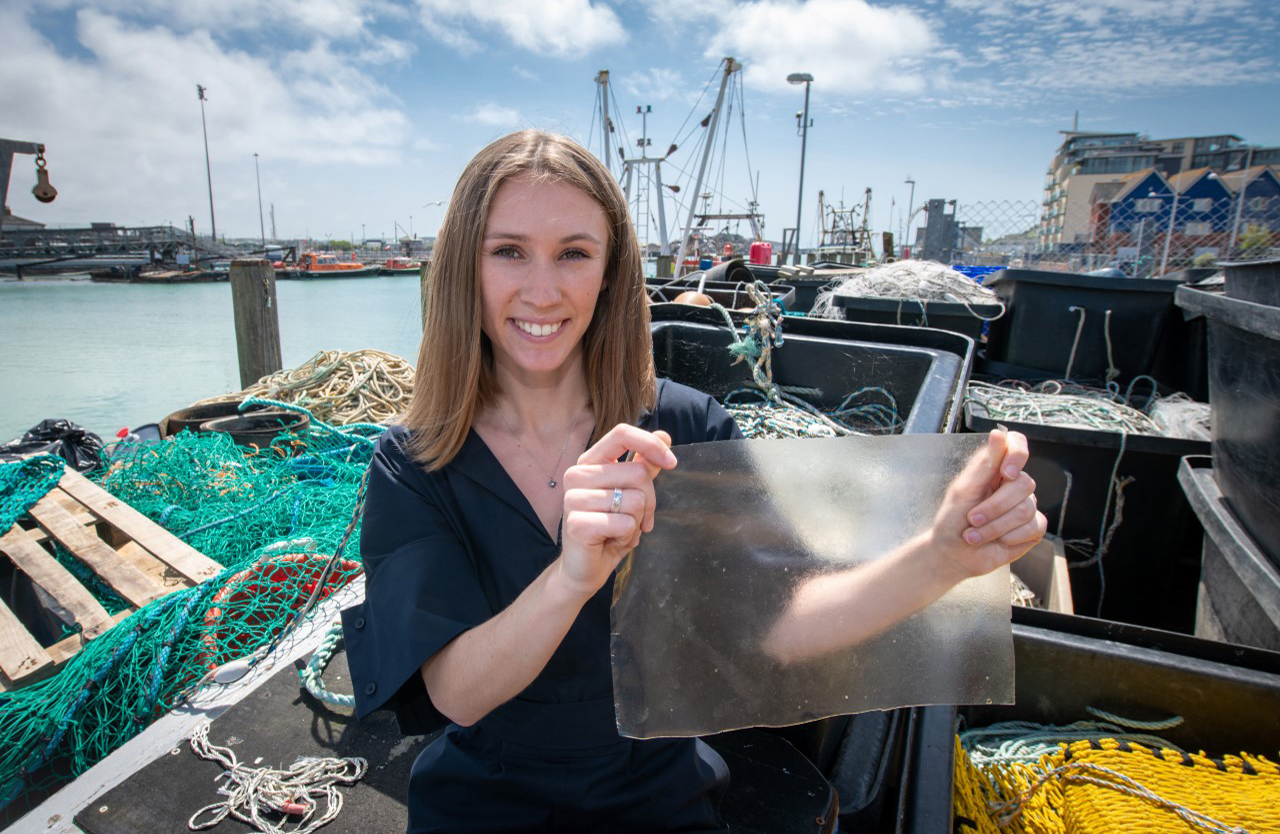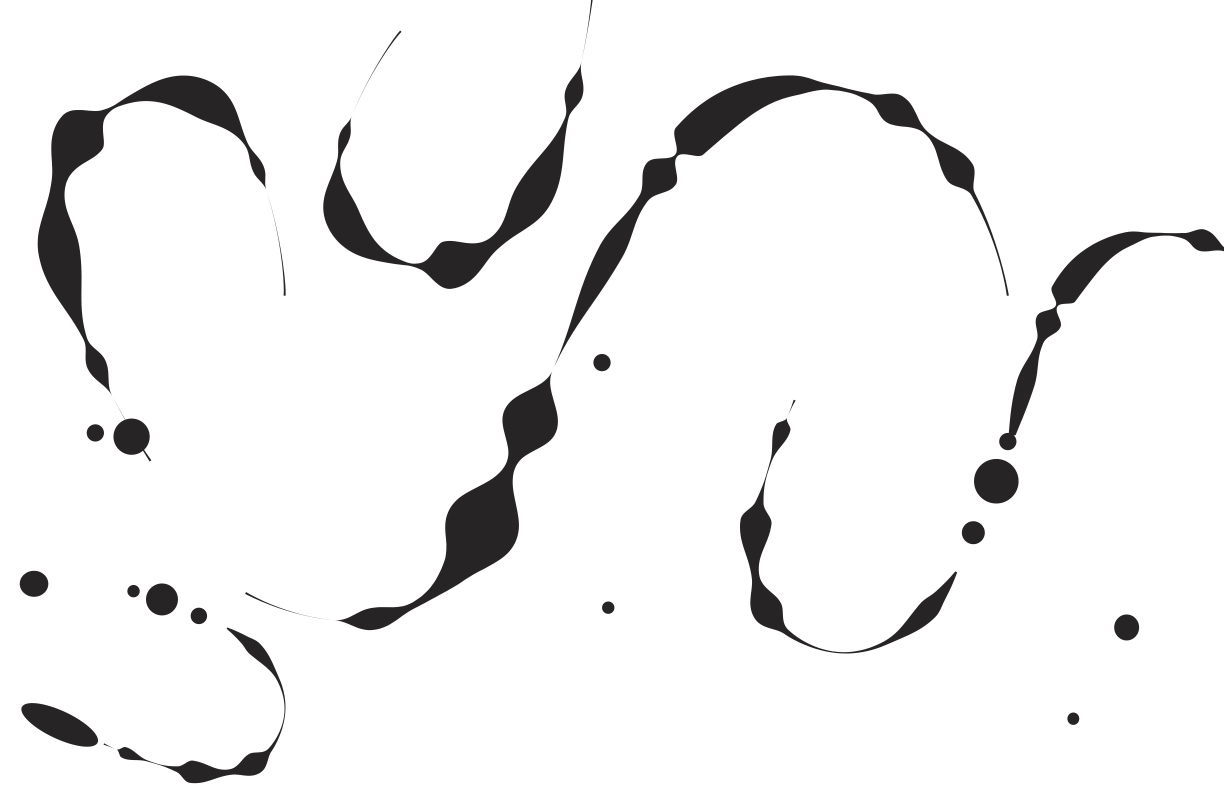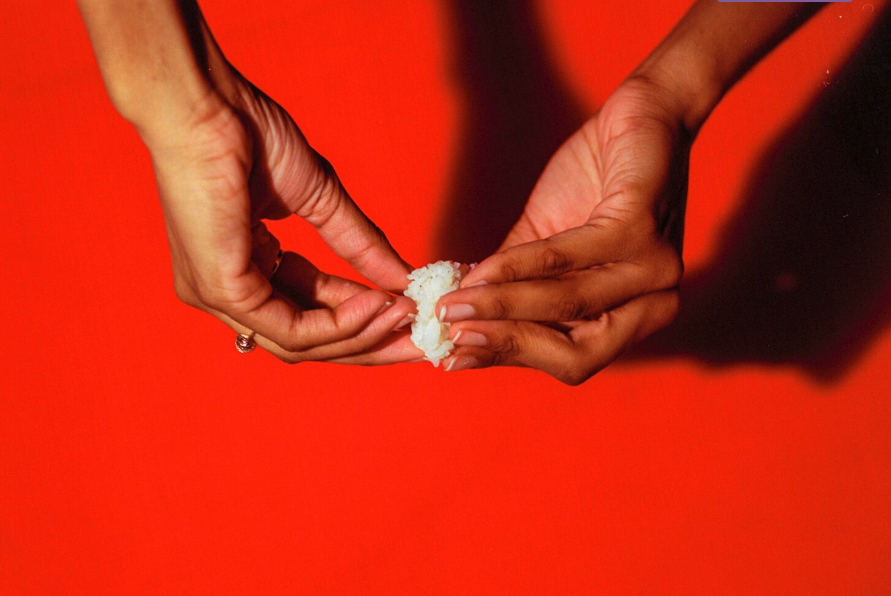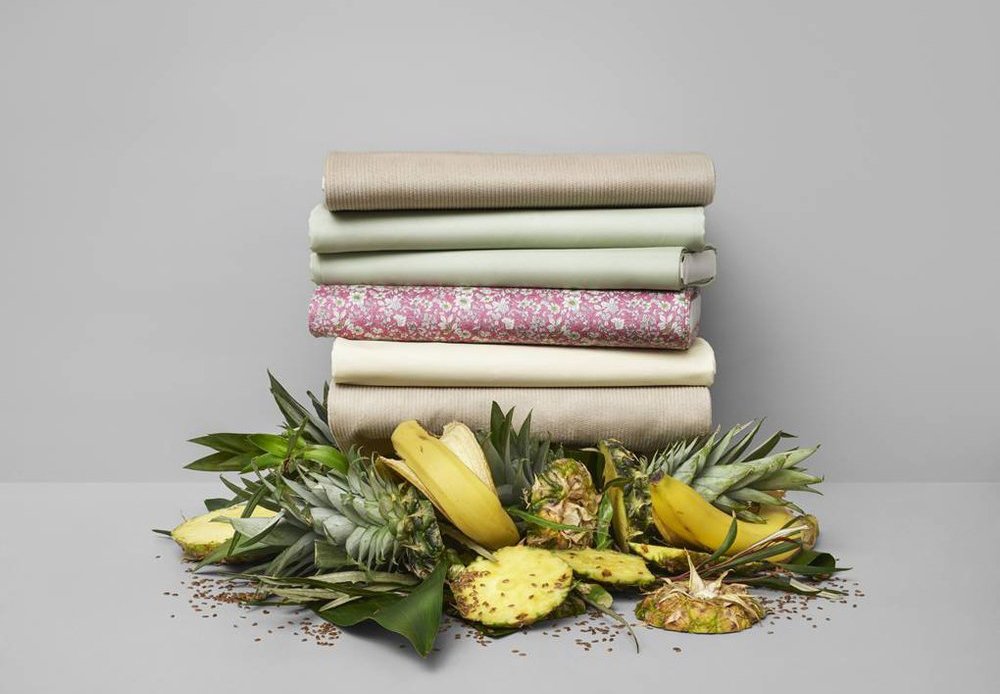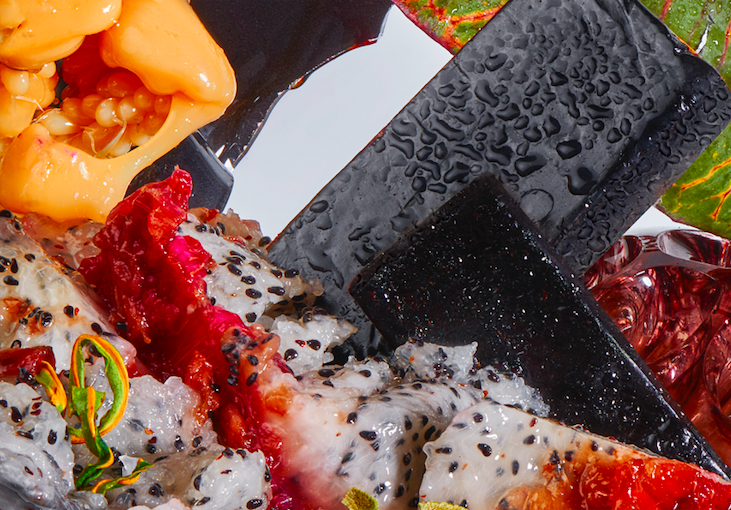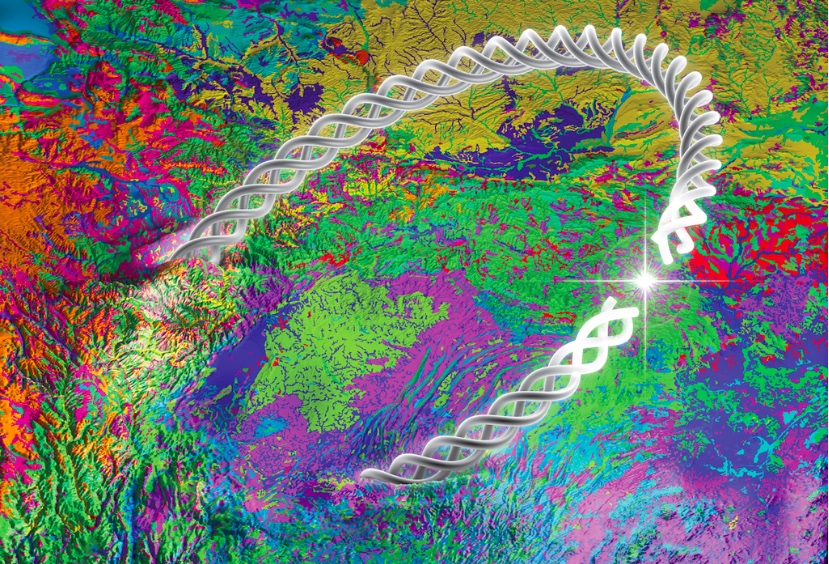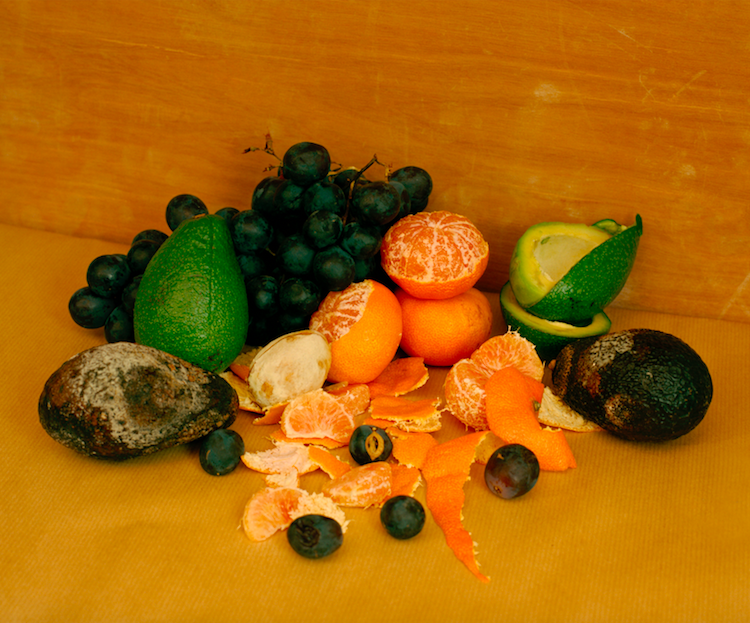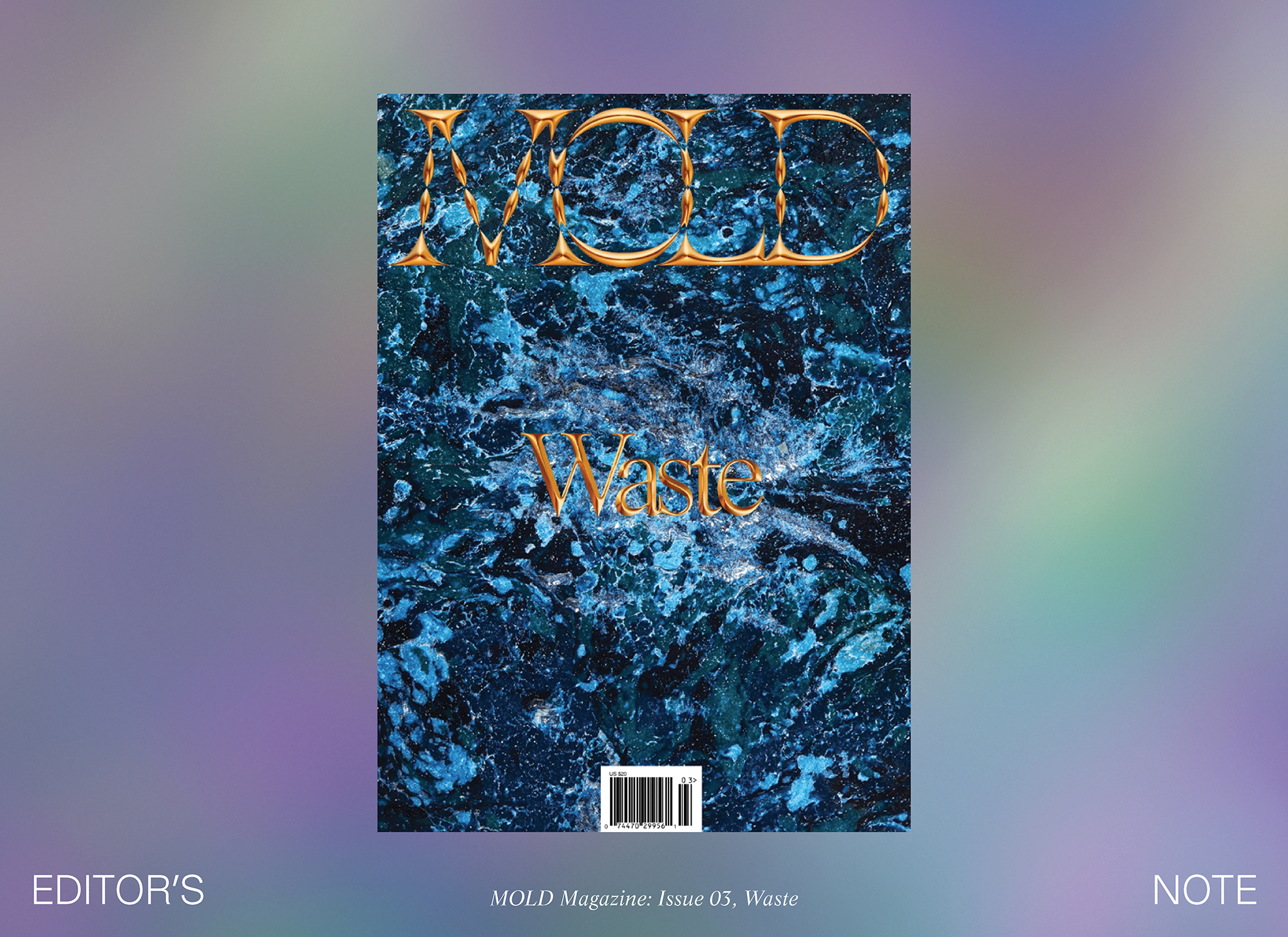Underwater, coral reefs act similarly to rainforests, seeding and nourishing biodiversity across multiple planes. Coral polyps, the organisms that form the foundation of these calcium-based structures, spawn a diversity of thousands of saltwater species to create a symphony of sprawling colonies, flowing fans, and tiny organisms that inhabit both warm, shallow tropical seas and the chilled, dark depths of the ocean floor. Here, fish and aquatic organisms find food, reproduce, and raise their young in the many nooks and crannies formed by corals. Above the surface, reefs support half a billion people by generating jobs for local communities, protecting coastlines from storms and erosion, and providing sanctuary for new medicinal resources.
Urban Reef, a Netherlands-based design company founded by Pierre Oskam and Max Latour, takes inspiration from the inherent genius of oceanic reefs, drawing from the life forms to create new design possibilities for climate resiliency in landlocked cities. The company creates 3D-printed sculptures using all-natural, porous materials sourced locally in order to facilitate new environments to promote biodiversity.
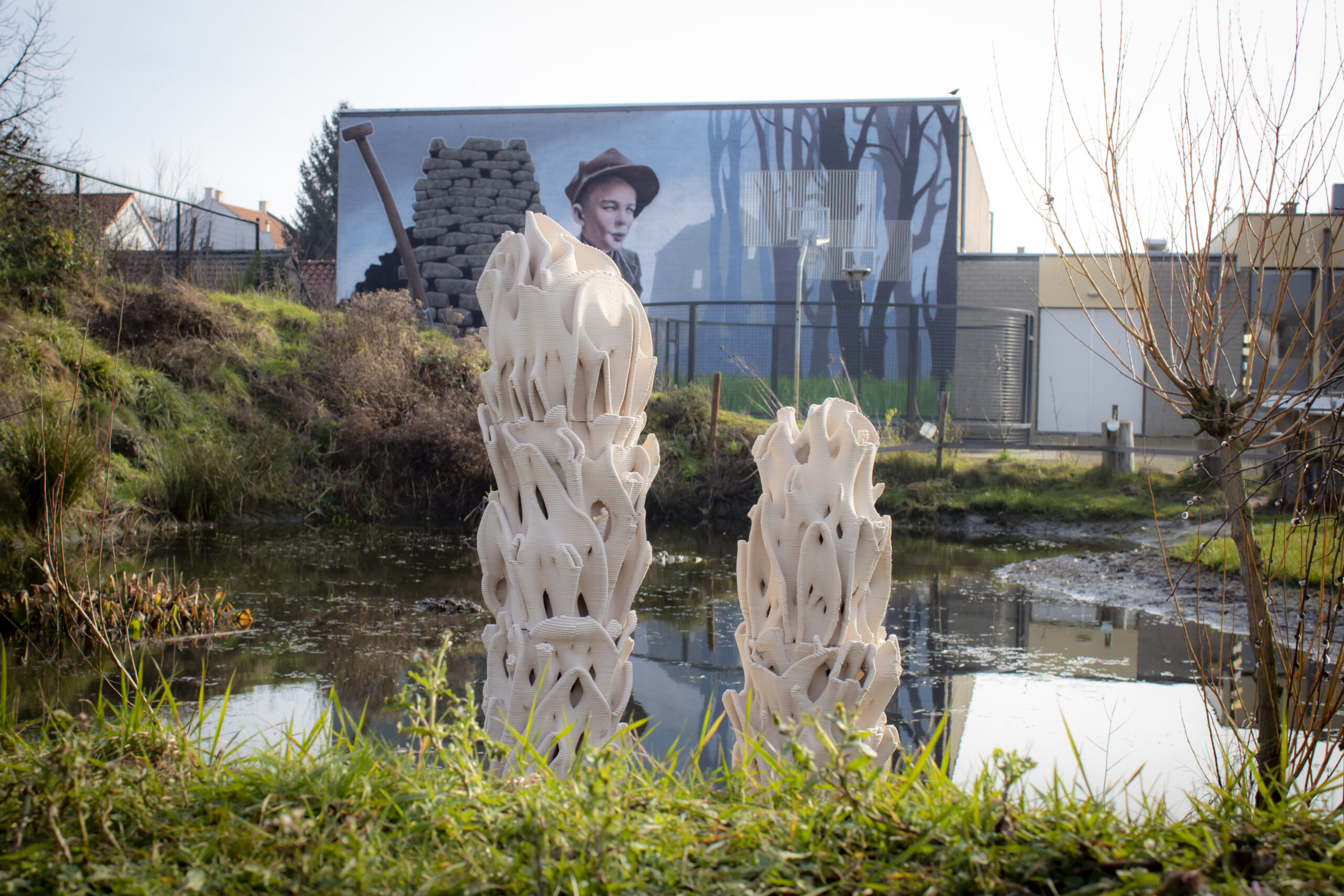
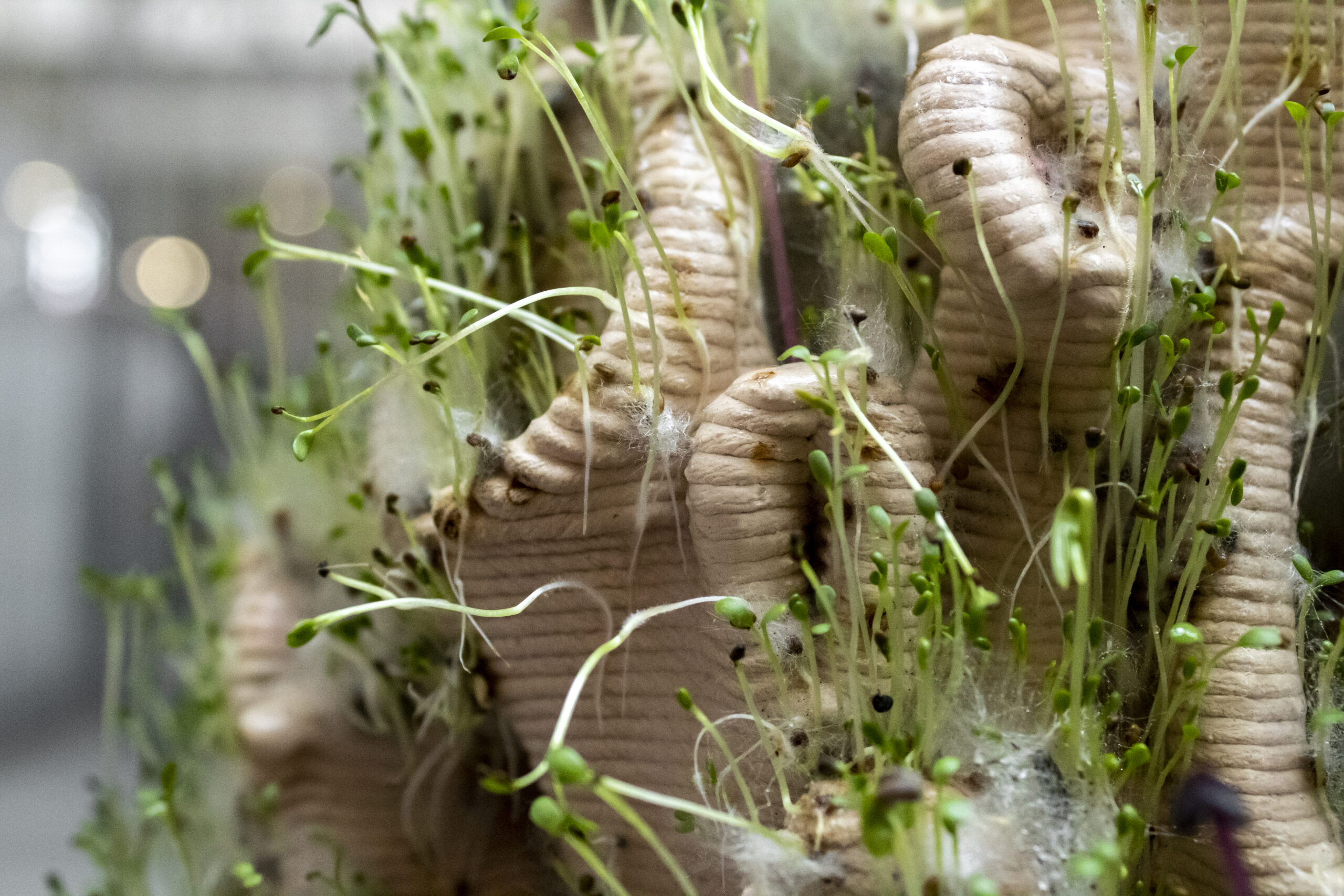
For Urban Reef’s co-founder Pierre Oskam, the inspiration for the project was first catalyzed on a long walk in Portugal while he was studying as a PhD student in landscape design. “I was reading a ton of ecological books like Emergent Ecologies by Eben Kirkseyand and How Forests Think: Toward an Anthropology Beyond the Human by Eduardo Kohn and then I’d go on these long walks to forgotten, abandoned postindustrial sites.” It was at these sites that he stumbled upon nature’s natural rhythms, “I was awe-struck by how the buildings created interesting microclimates where you didn’t have to do a single thing except give them space and time to grow.”
For Oskam, seeing these thriving ecosystems, largely untouched by human intervention, revealed an alternative design ethos, one that challenged modern design’s typical extractive approach to designing cities. “Modern design tends to create energy sink structures that require a lot of energy to maintain them,” he argues, “Sure, we allow natural things to exist around us in cities, but we are really always putting them in a controlled system. There’s a lot of: ‘Here’s our concept, we placed it here,’ out there with very little thought, care, or curiosity around the impact that the building and its materials has on its environment.”
We need to see that everything is a reef: a living system, where even ‘dead’ material is alive.
Staring at one of the cement structures overgrown with wild plants, Oskam noticed that transpiration from the plants had cooled the microclimate around them by 6 degrees Fahrenheit, which led him to wonder, “Can this principle be translated into intentional design in cities?”
Currently, the company has two products: the “Rain Reef” sculpture, which is designed to collect rainwater which then travels from the top, flowing throughout the sculpture’s crevices to create a humid, porous environment that invites a variety of algae, mosses, ferns, birds, and hundreds of insects to thrive in its microclimate, and the “Reef,” which Urban Reef intends to use as a substitute for fountains in cities. With a little over 20 total sculptures placed in different habitats around Rotterdam— from schools and universities to the zoo—the Urban Reef team has been able to study microclimate shifts and sociological and biological feedback loops that these sculptures create as organisms attach themselves to the vessels.
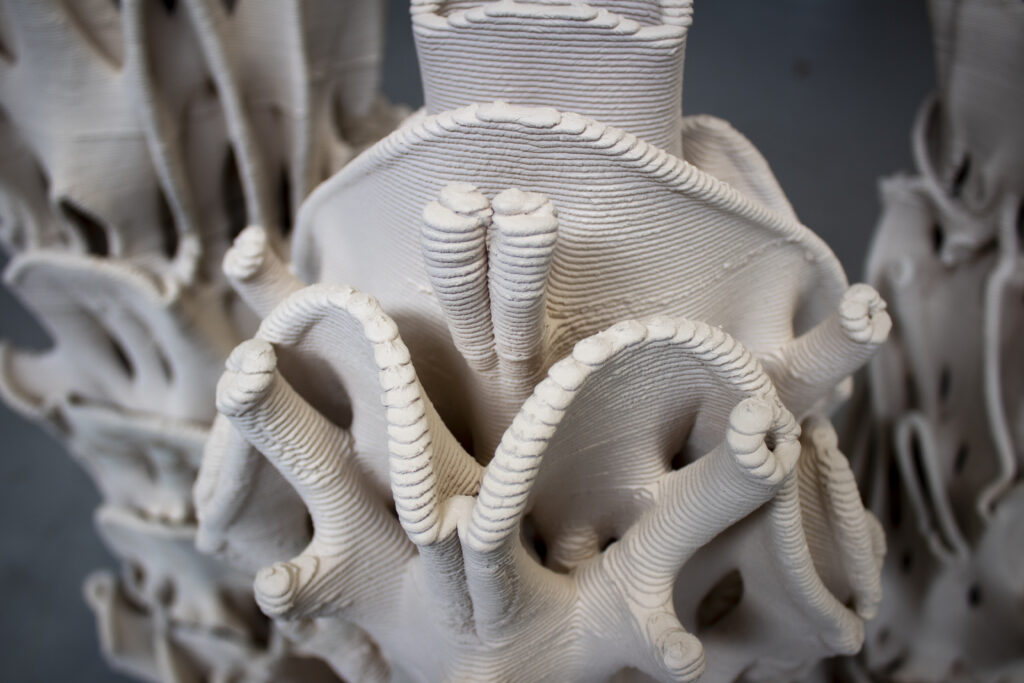
The sculptures borrow from the ingenious fractal designs of coral reefs, mimicking their ability to hold space for a gradient of dark to light environments from the top of a coral to the underside at lower depths, which allow algae to grow at different levels of the structures. Shallow coral reefs possess a unique symbiotic relationship with algae, which live in their tissues: the coral provides a protected environment and the algae produces carbohydrates that the coral uses as food and oxygen. The partnership removes waste from the overall system. Urban Reefs uses a 3D-printed clay-fired ceramic structure infused with local materials such as mycelium, coffee grounds, seeds, paper pulp, cow manure, sea shells, and cellulose to invite local organisms such as algae, microorganisms, insects, birds and other species to attach themselves to the structure. The next step is to sit back to witness the mutualism that nature has in store. By using computational design, the 3D results take on a greater reality than what humans could potentially design on their own. “Fractals provide a logic that creates a complexity that you cannot draw by hand, ” explains Oskam.
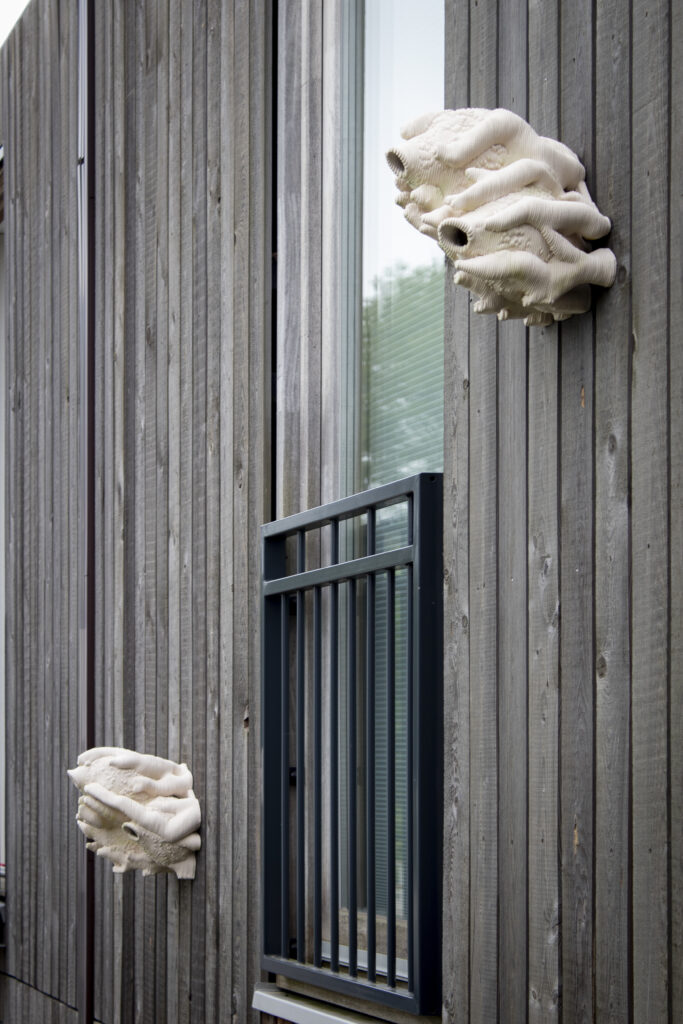
Once placed into environments around Rotterdam, these sculptures create an invisible space for nature to take the wheel and see what happens next. According to Oskam, “We can’t predict what direction things will go in because nature takes over from there, and that’s not something we’re typically used to doing in collaboration with machines.”
Oskam and Latour are currently envisioning the possibilities of designing larger urban structures grounded in sustainability and environmental responsibility in the face of climate change. For Oskam, the dramatic decline of global coral populations is at the forefront of Urban Reef’s designs, too. “We need to see that everything is a reef: a living system, where even ‘dead’ material is alive. Everything is changing, influencing and being influenced by. Everything we do influences the planet, and vice versa. In order to facilitate ecosystems, we can have a different attitude: creating a world that allows ecosystems to emerge and develop. In terms of coral reefs, we need exactly that: give more space to the emergent, being aware where coral can live and think about what role humans can play to provide those opportunities.”
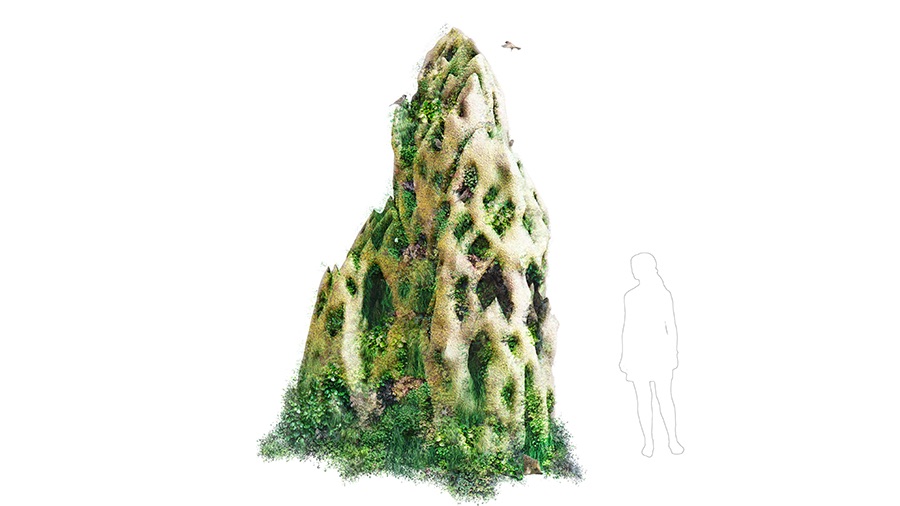
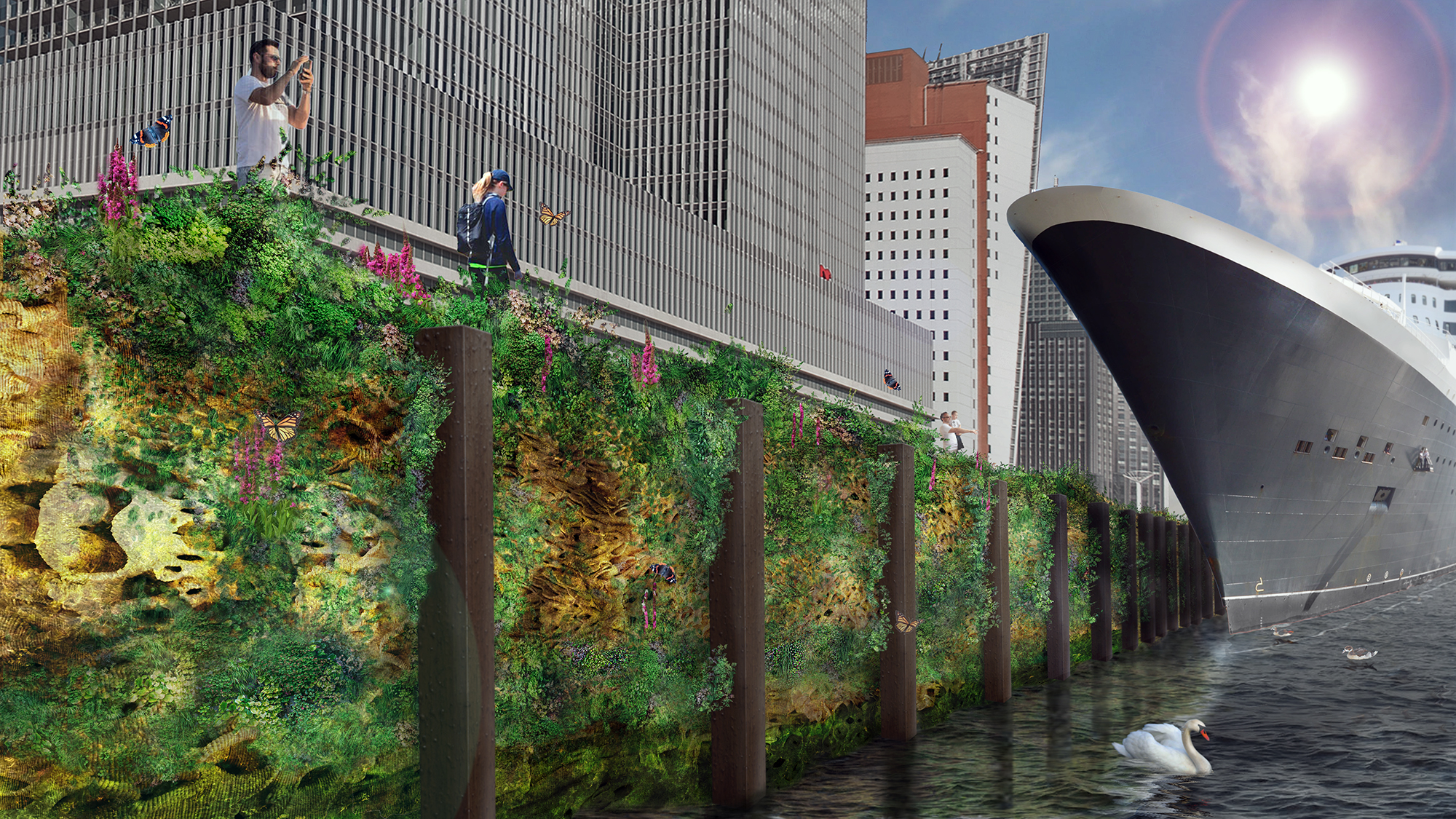
This research includes energy efficient biofilm alternatives to clay to reduce the amount of energy it currently takes to produce their ceramic prototypes, which are fired in kilns. “We want to expand from the sculptures to focus on creating larger microsystems in building forms that expand on the biodiversity of textures and shapes to establish a thriving habitat.” For now, Urban Reef plans to sell the Rain Reef and Zoo Reef on their website to customers worldwide to learn how the structures interact in different environments. Pierre Oskam hopes that regenerative culture can influence design companies’ mindsets from a competitive to collaborative lens in the urban design space. “It would be great to see more Urban Reef-like companies emerge because this is something that can be done everywhere. Ideally, we should all be asking ourselves how to empower systems to grow on their own with or without humans
